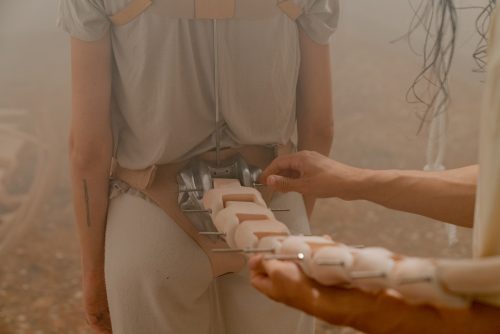
Sanna Helena Berger
CONCRETE ARGUMENTS
Project Info
- 💙 Shahin Zarinbal, Berlin
- 🖤 Sanna Helena Berger
- 💜 Sanna Helena Berger
- 💛 Dan Ipp
Share on
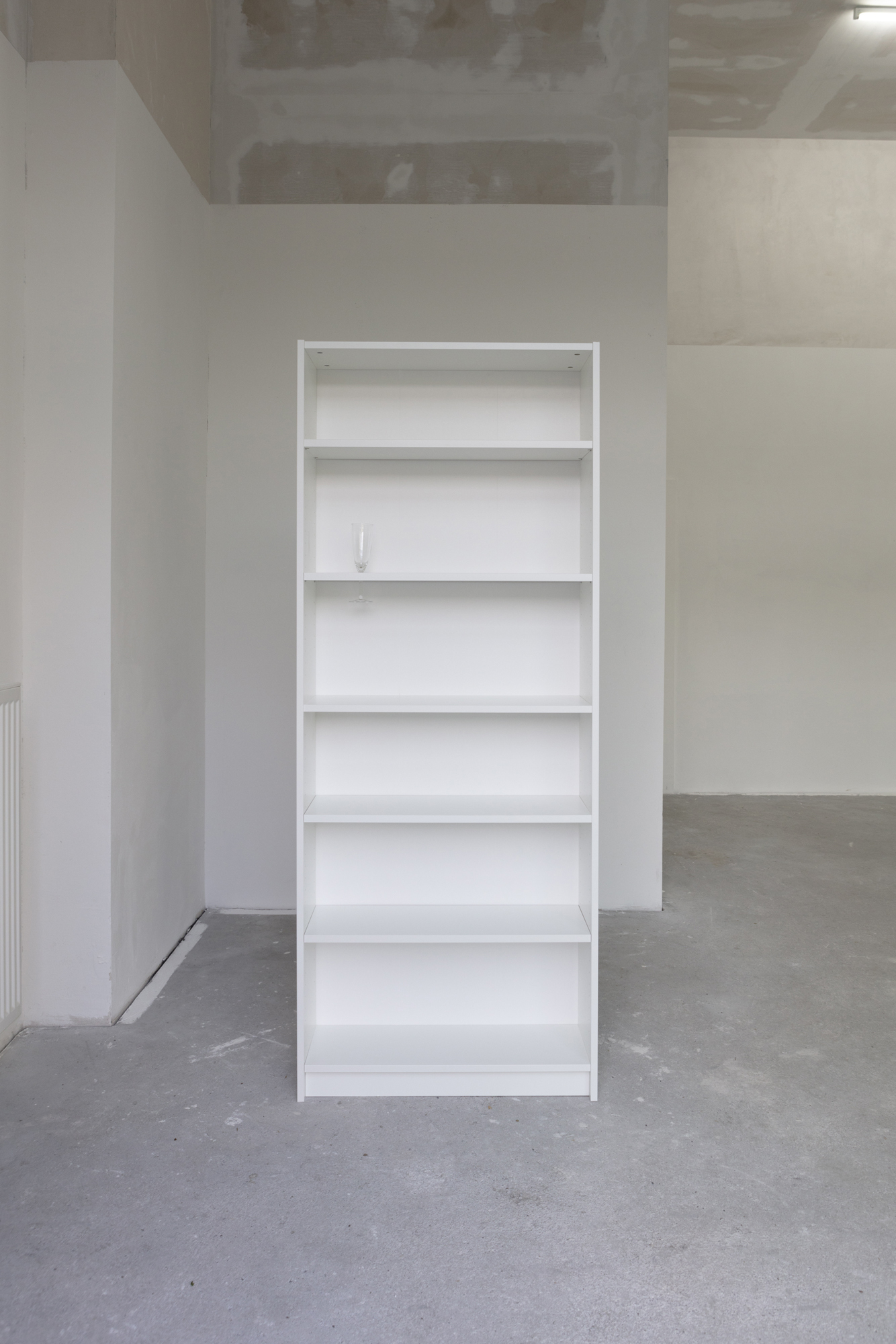
Advertisement
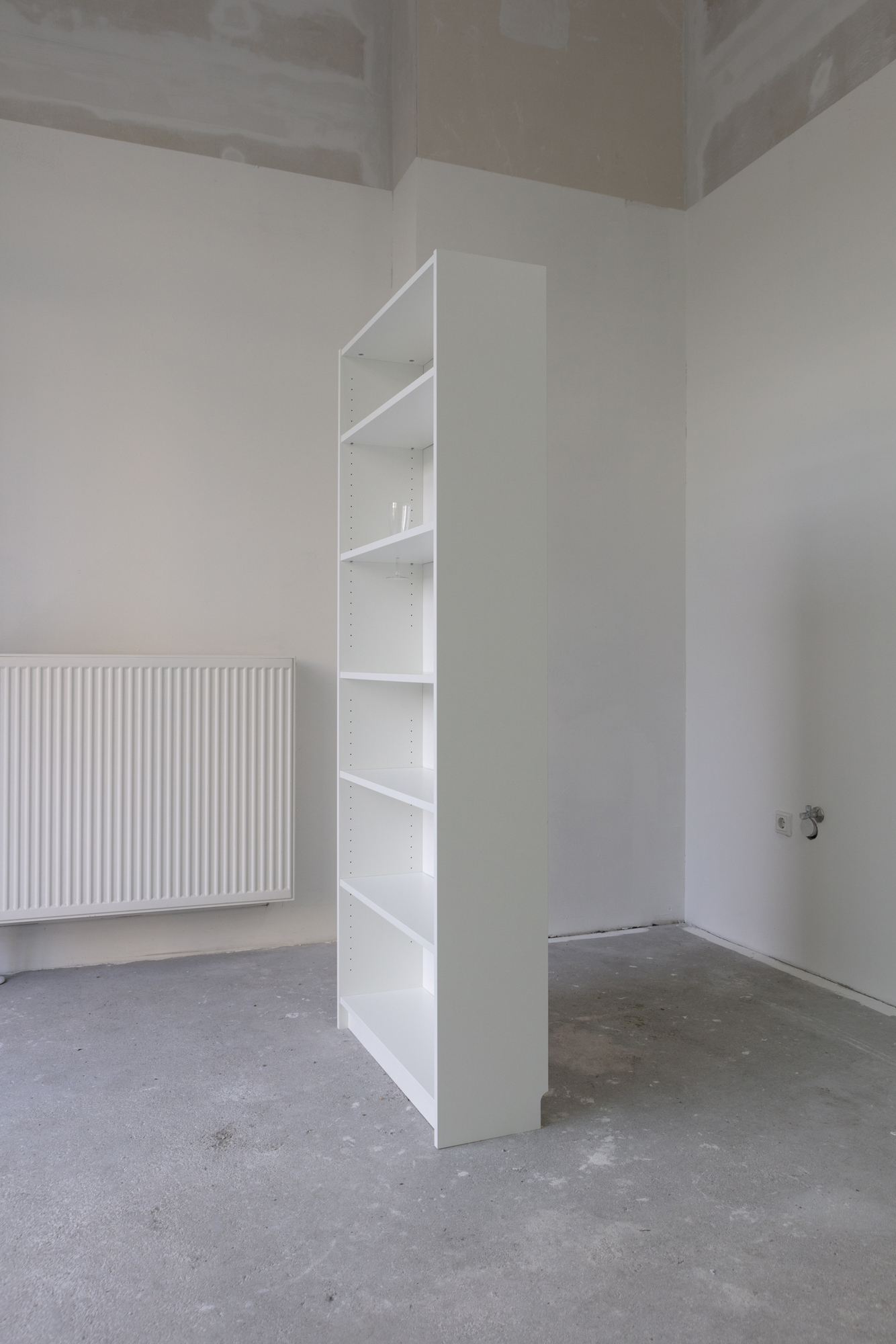
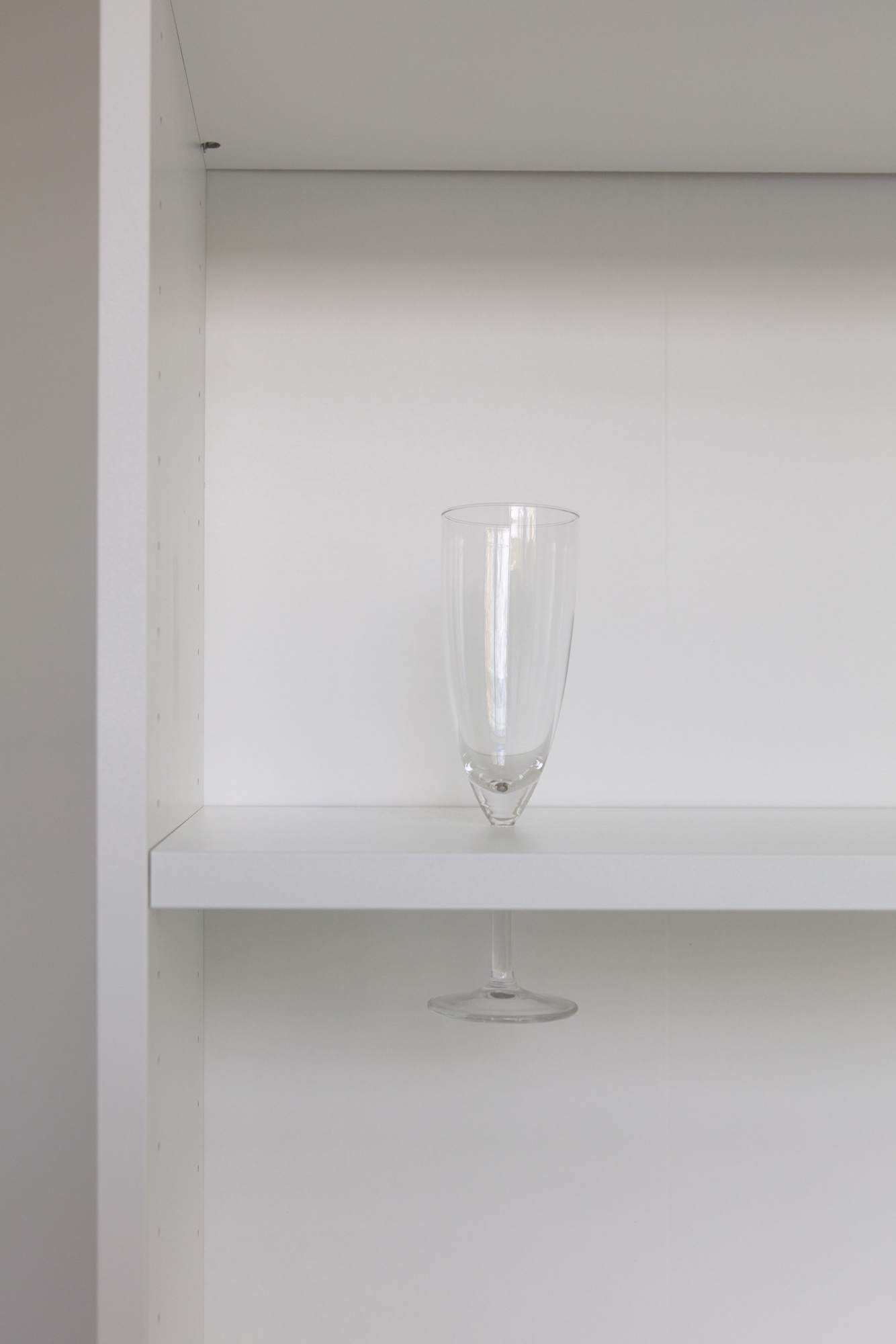

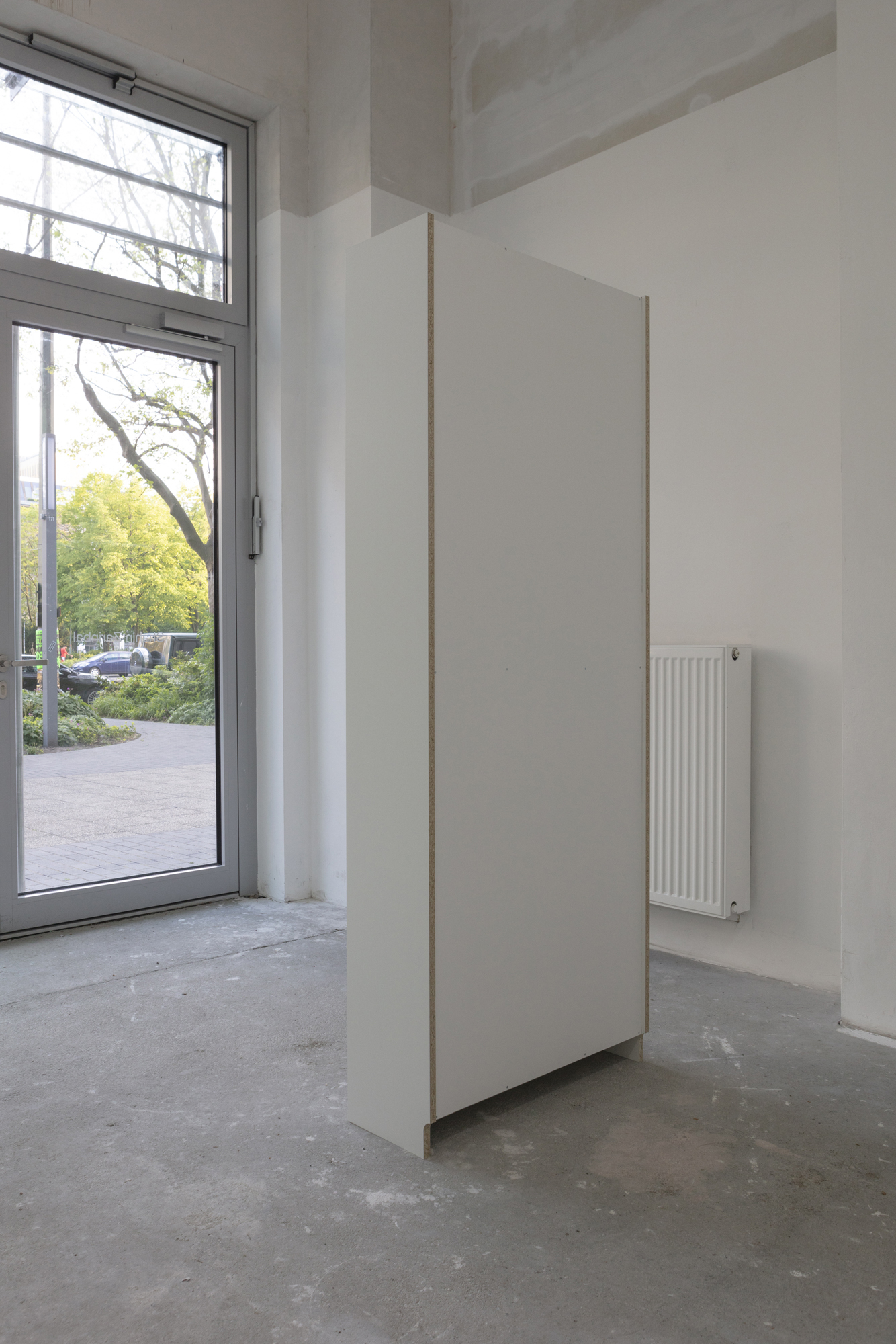
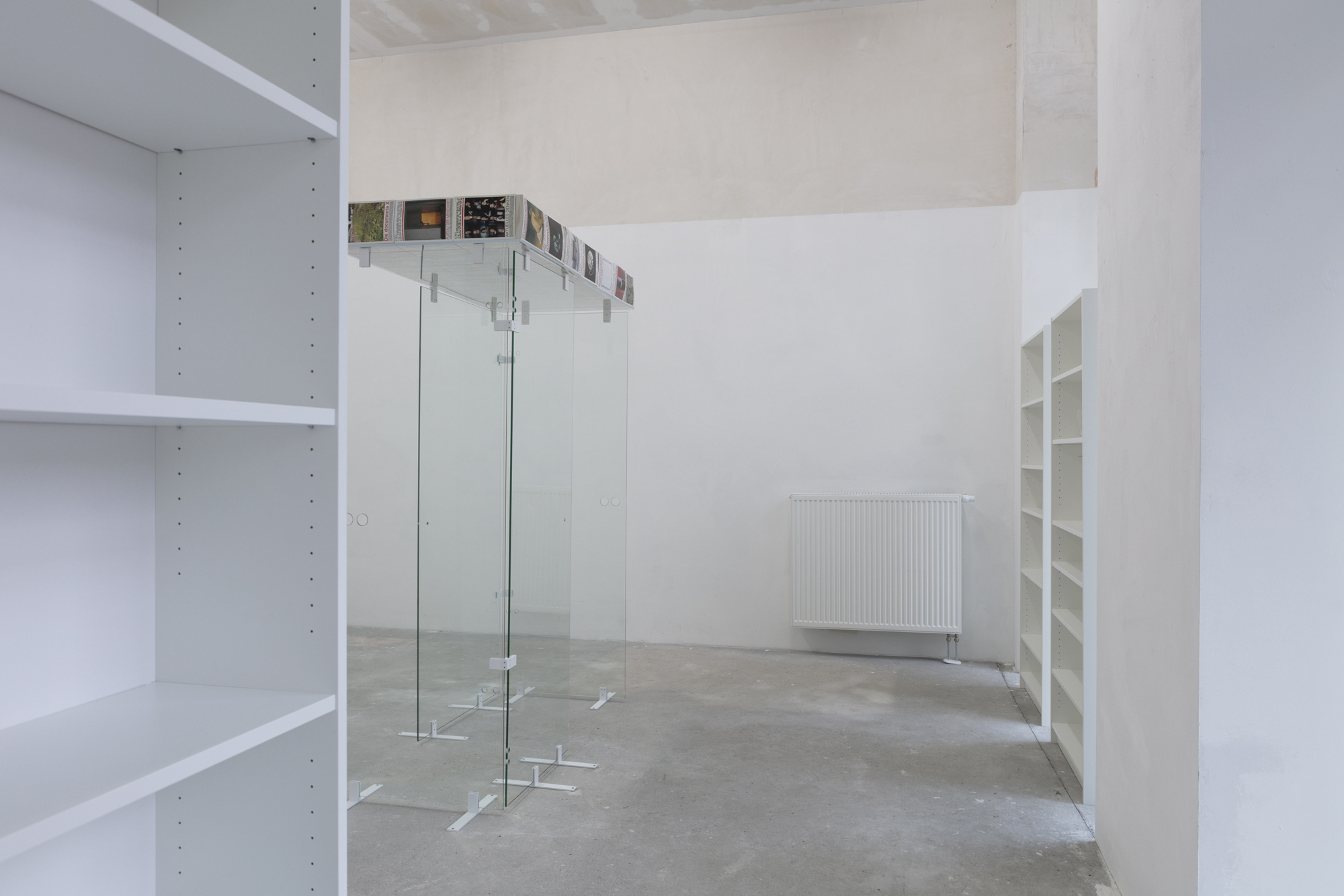
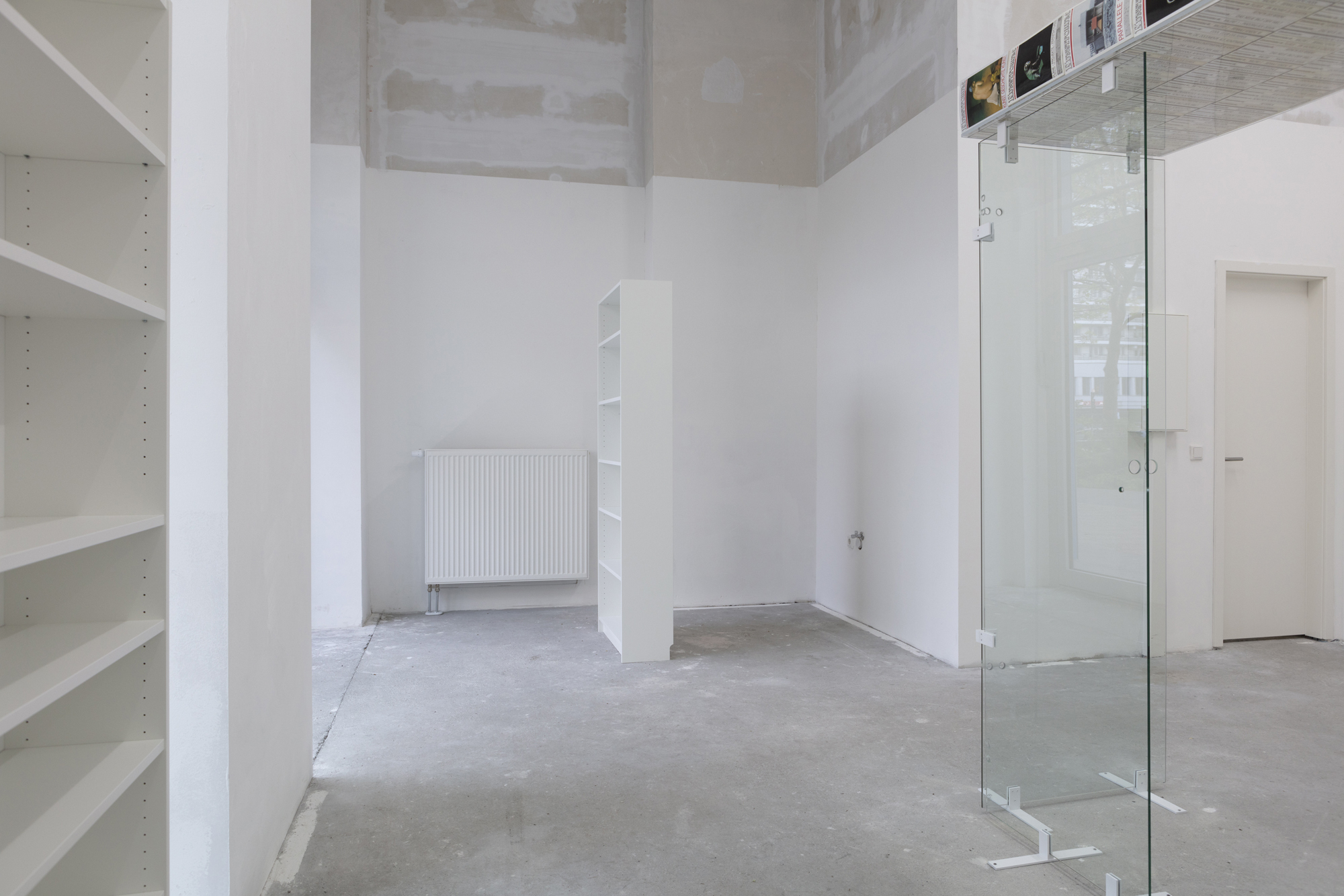
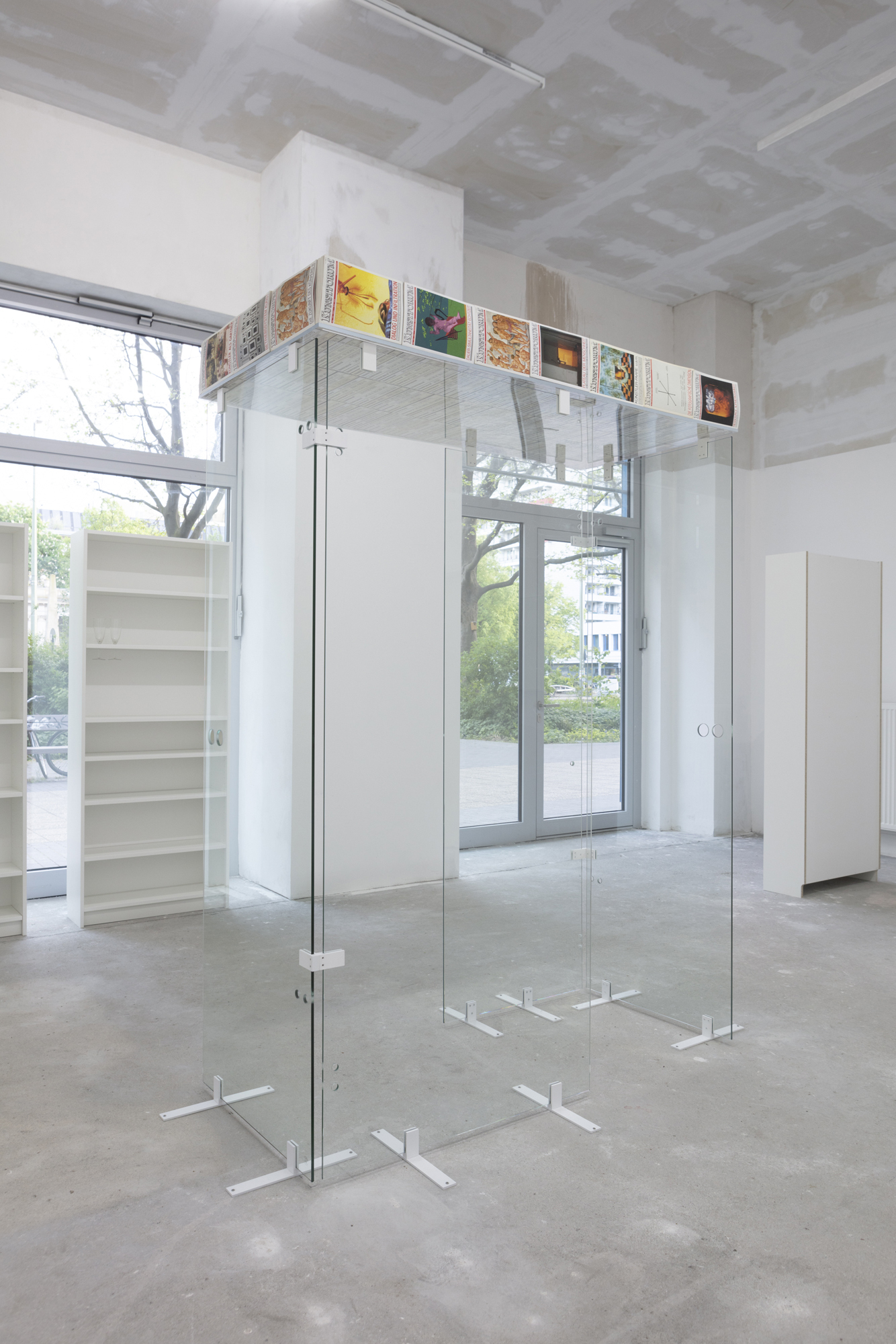

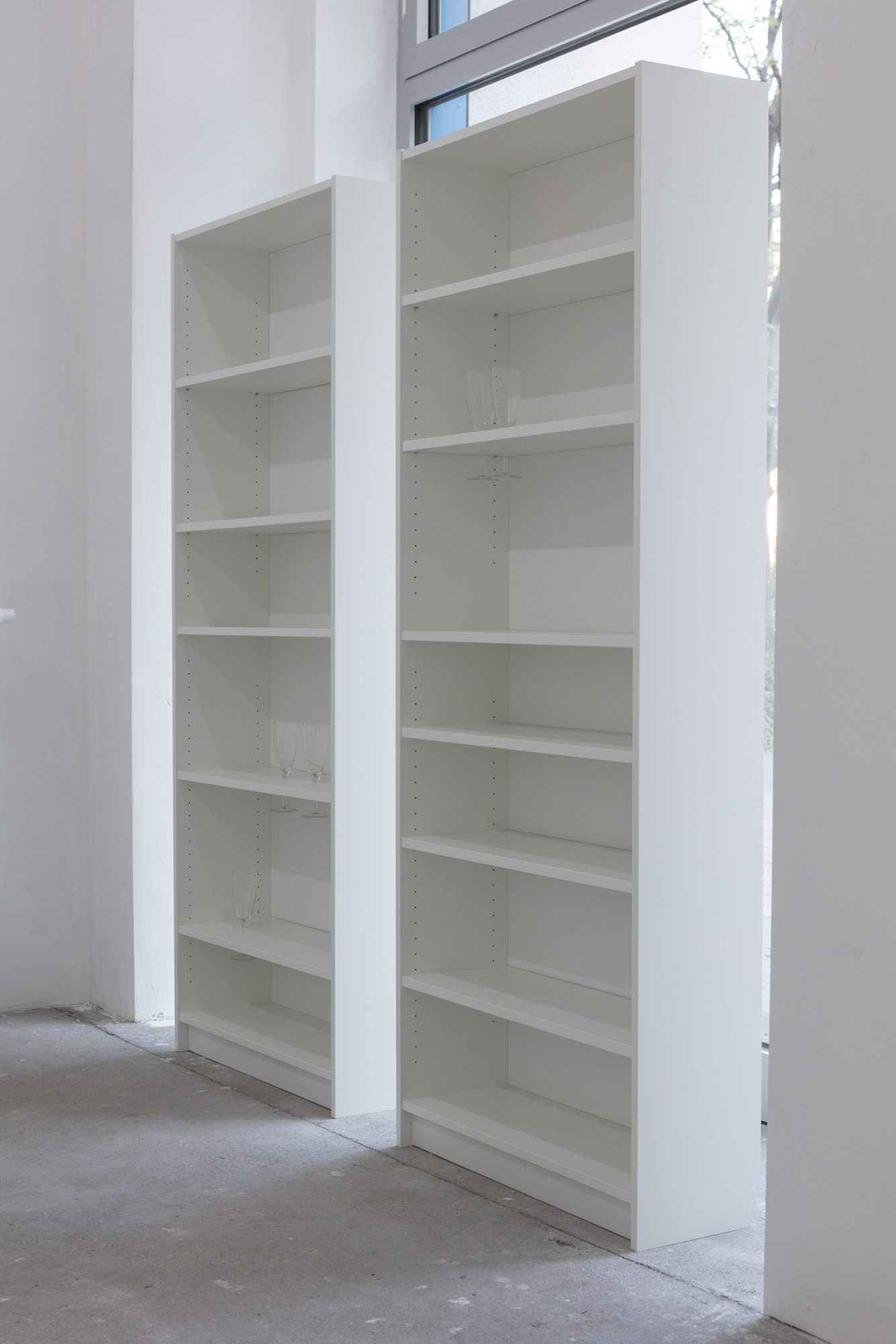
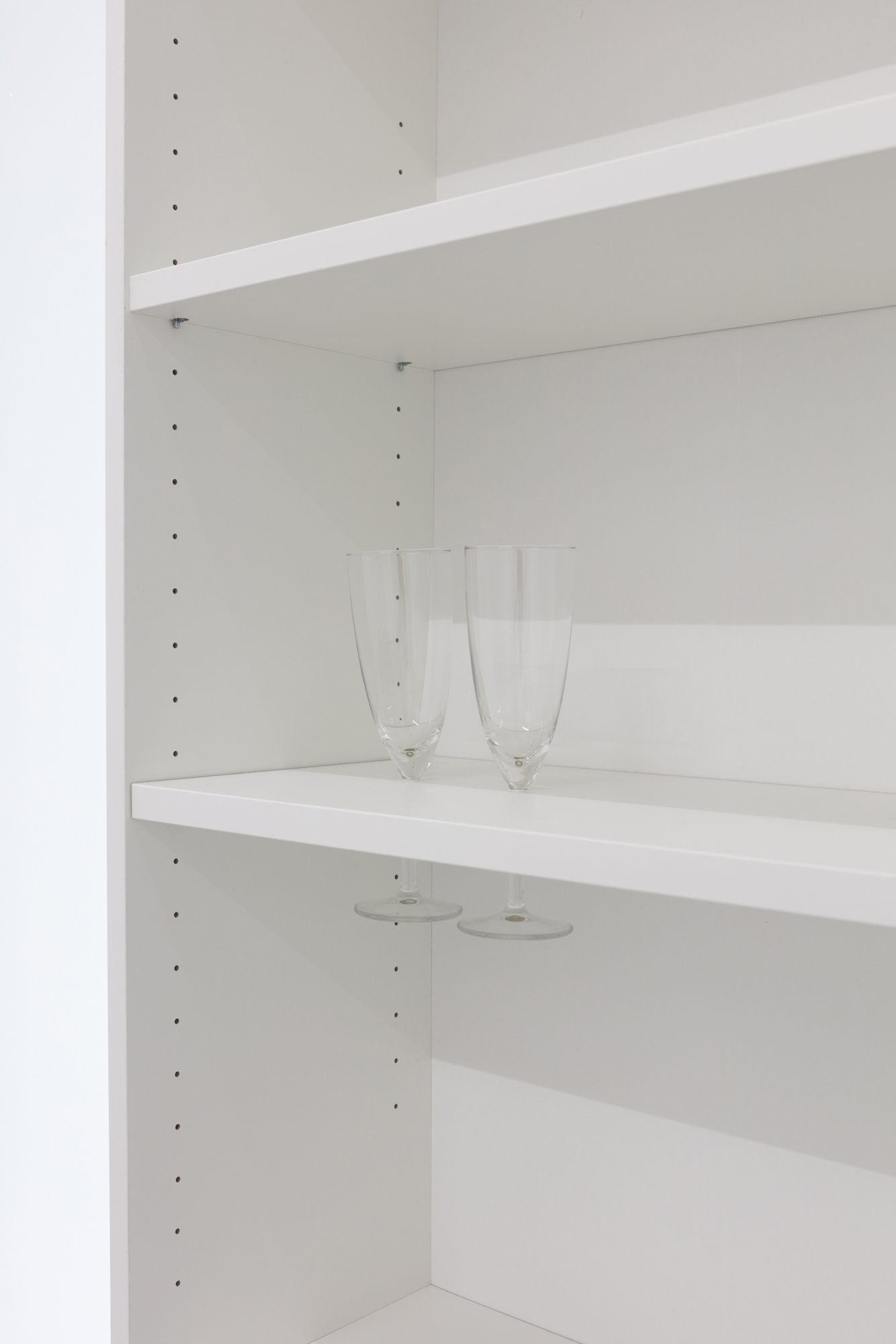
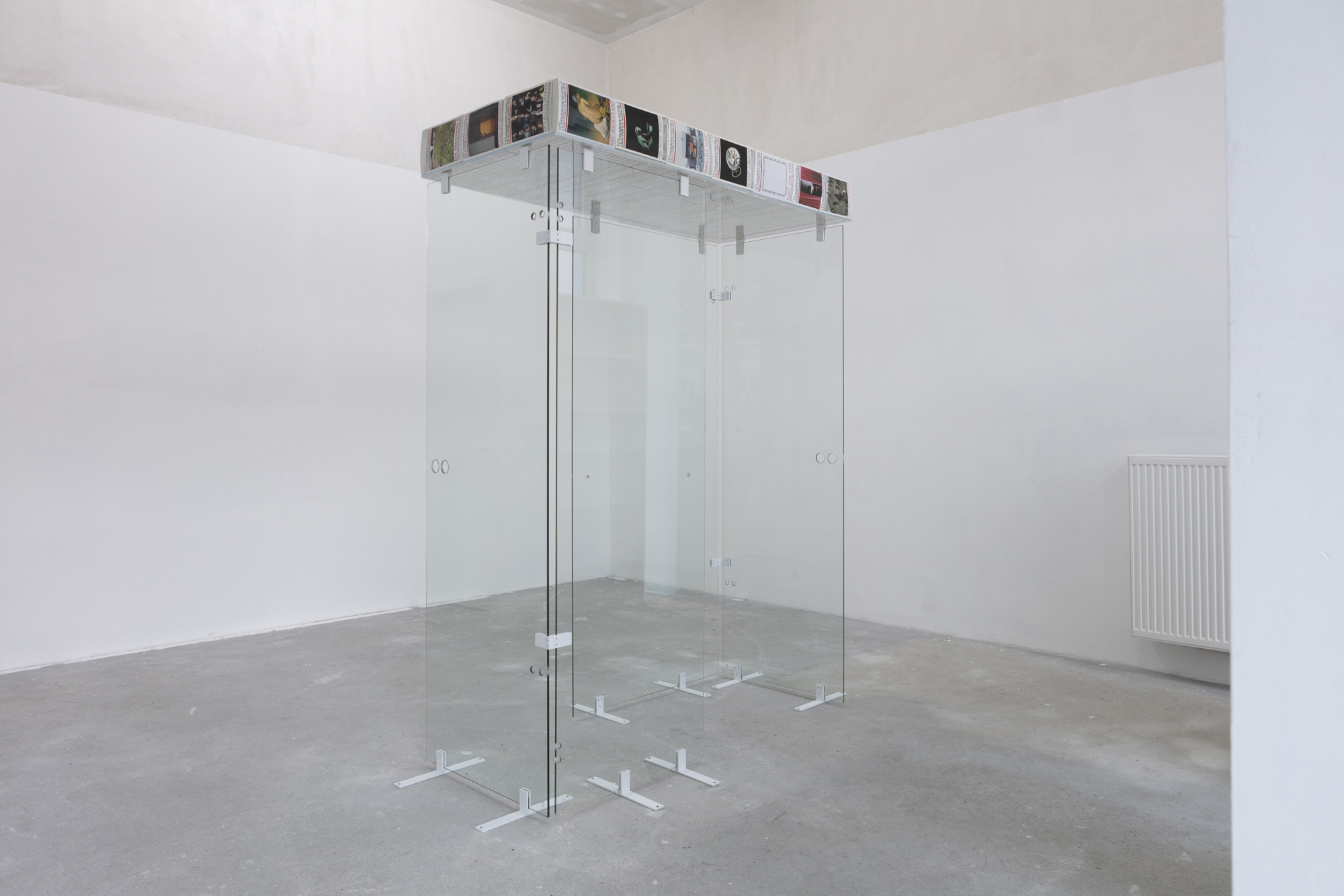
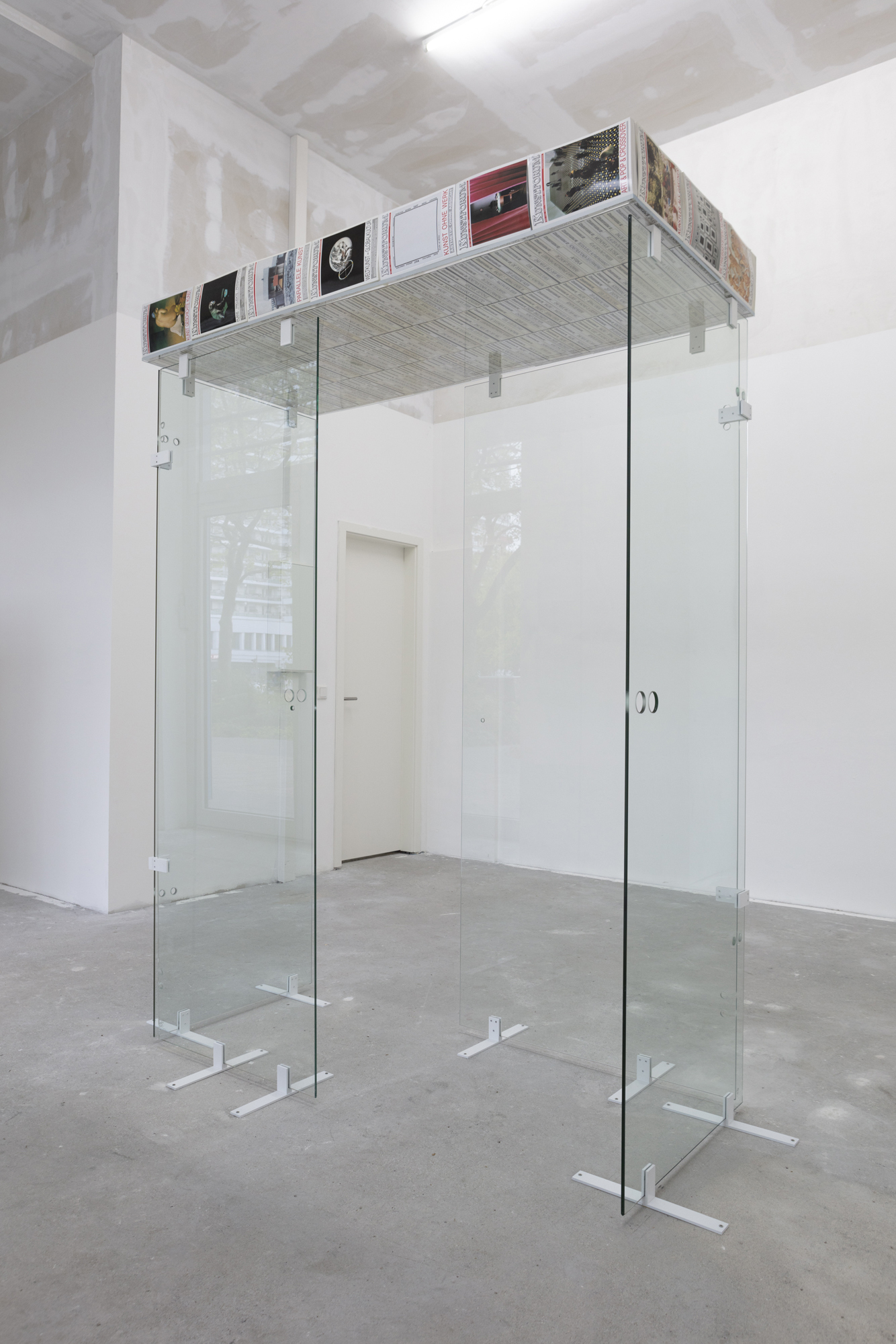
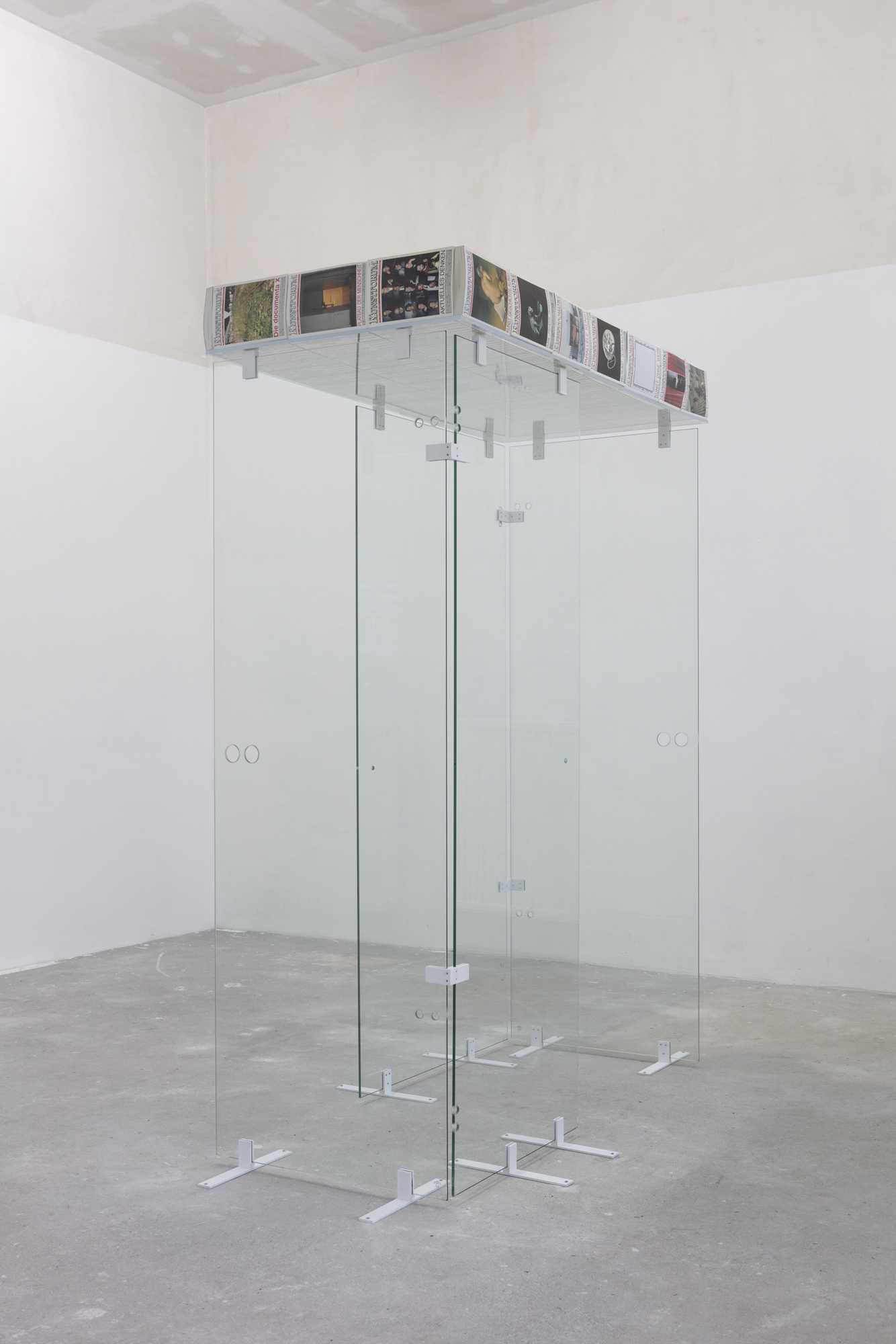
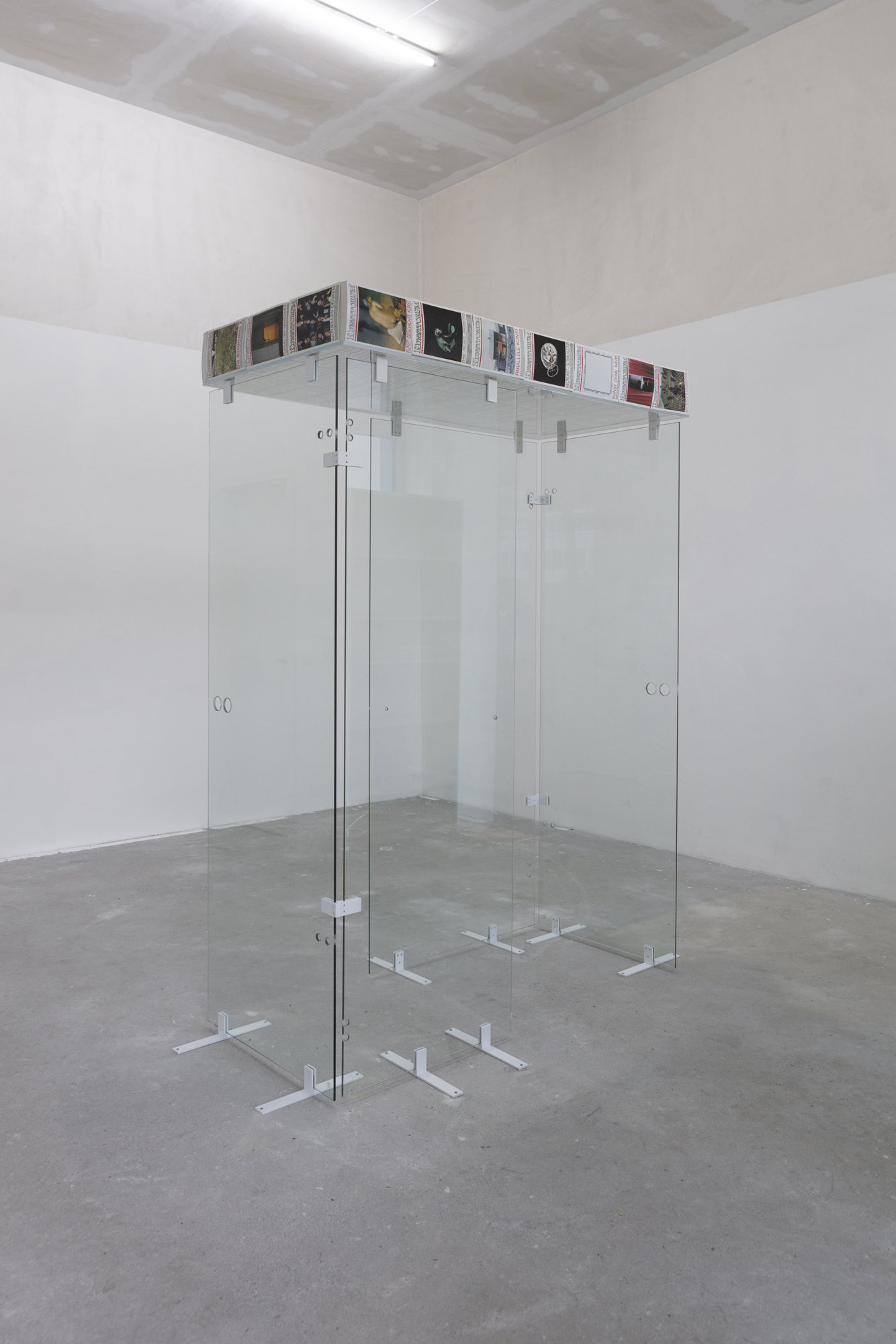



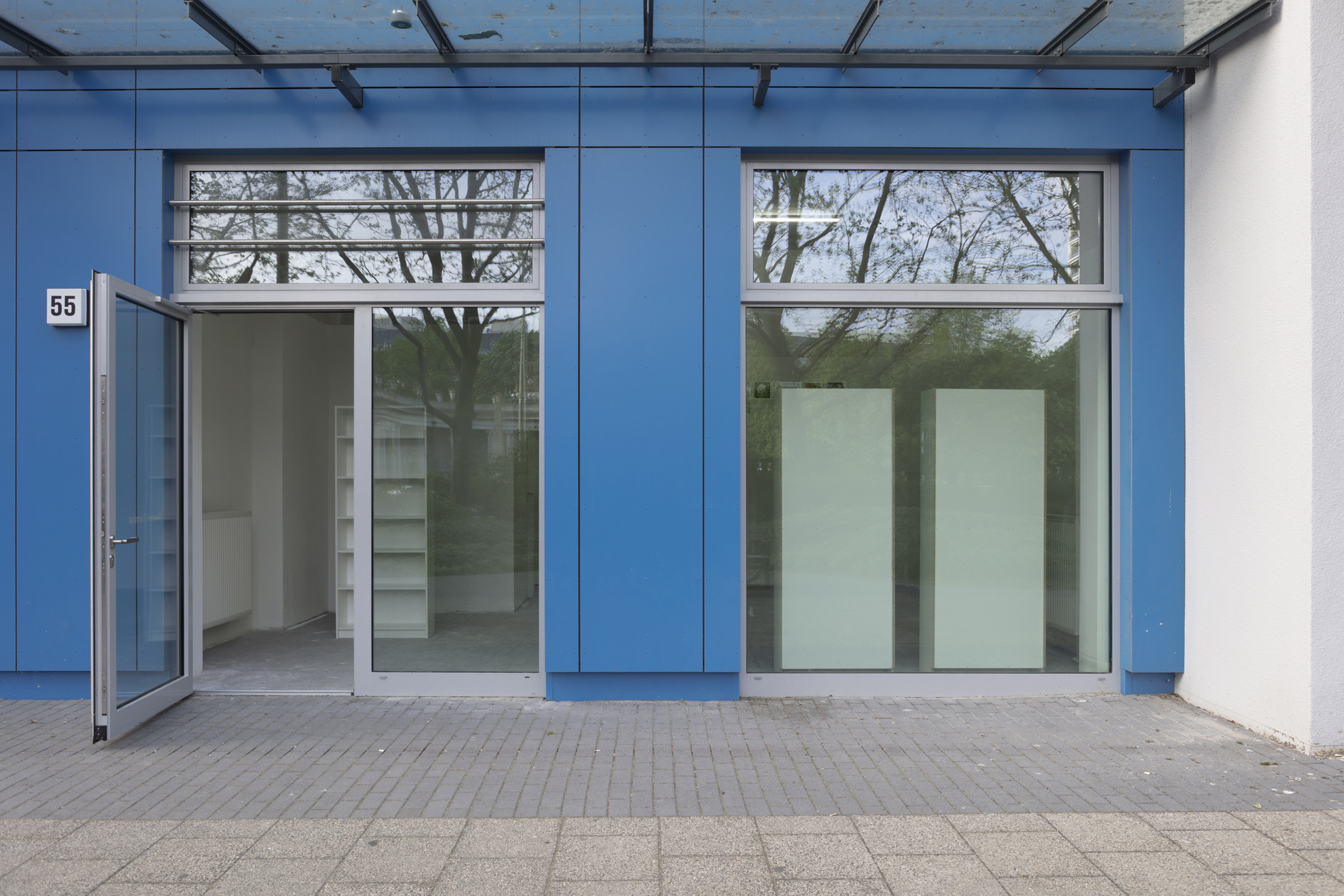
With materials dense but transparent, heavy but handheld, cheap but exclusive, Artist Sanna Helena Berger formulates CONCRETE ARGUMENTS during but off-schedule and in contrast to Gallery Weekend. Berger’s installation seeks not to be clandestine or ambiguous but direct and straight-forward. Architectural structures with critical agencies reference rigid systems within the arts. A literal critique of a system which attempts obscurity to the point of banality. A glass not in the hand but in the shelf.
Sanna Helena Berger is born in Sweden, lives and works in Berlin and works with site and situation
specific installations with critical agency and auto-biographic transparency. Her auto-didactic narrative exists as both commentary and reflection of the situation in which her work is experienced. A reflexive discipline which perspectives the established tastes and standardised systems of the art world. Through her minimal aesthetic, via her maximalist auto-biographical narrative, Berger’s vernacular seeks to demystify her practice and production of art by sharing her personal circumstances of both coming to be ‘in’ and considering the problematics of the ‘outside’ within the arts.
Berger has exhibited solo shows with Shahin Zarinbal, Berlin, Cordova, Vienna and Barcelona, Diorama, Oslo, Sorbus, Helsinki, Spazio ORR, Brescia, PS120, Berlin, Super, Art week Brussels, Jupiter Woods, London and others. And has taken part in duo or group shows at Skånes Konstförening, Malmö, Waf Galerie, Vienna, Kunsthalle Bremerhaven, Cittipunkt, Berlin, Kunstverein Kärnten, Modern Museum, Stockholm, Cell Project Space, London, Staatliche Museen zu Berlin, Berlin, Shanaynay, Paris, Le Bourgeois / 3236rls, London, Sculpture Garden Biennale, Geneva and more.
BILLY
3 Bookcases, white, particleboard, paper foil, plastic edging, champagne glasses, glass, each 202 x 80 x 28 cm
I find the BILLY to be many a thing. The perfect readymade, the perfect un-readymade and inhabiting a form of antithetical ‘Objet de vertu’ - works of art where extravagant invention and richness of materials overwhelm any practical use. The BILLY is instead a resolutely basic category of storage. It is funny and clunky and sturdy. It exists in every-other home as a servant of sorts, unapologetically literal and a particularly banal piece, entirely unoriginal.
The ordinary, commonplace and domestic at home becomes an obstruction in the gallery, a wall, a column - a placeholder for something rigid and brute. With its butt against the window it obstructs that which is within, a showing of the non-shown, in its place - an agency of monumentality of particleboard, paper foil, plastic edging.
Something cheap becomes something exclusive because of its setting. Because of its withdrawal from the market and masses. Inside, not on the shelf but in the shelf, another object whose value fluctuates entirely because of its circumstance. Anything inside a gallery varies in value according to its preexisting influence.
But there is no quicker rise in the market of presence than via the upperhand in an audience economy. It is grasping clear glass at events where they have been limited. This limitation is accounting for the value of exclusion as its most profitable, not accidental or frugal pursestrings being drawn but calculated - just arrogant maths.
It is a harnessed skill of the artworld to be able to make something (relatively) cheap and (relatively readily) available, so entirely unattainable and codified. Perpetuating that which the same scene / charade / pantomime thrives off, values grasped in thin airs. Matters of class - probably just in the backroom but could just as well be stuck in a shelf.
KEINE ZEIT
Armband watch, unknown metal, removed face, worn by artist on opening, 24 x 3 x 1 cm
KUNST FORUM
Repurposed shower cubicle doors, Aluminium brackets, Kunstforum magazines, 230 x 165 x 76 cm
I couldn’t think of a heavier matter of decorum, established tastes and standards weighing down on the head of the artist as the collected bibles of categorisation of fine arts and good form. Atop a glass structure one feels the kind of trepidation of potential collapse even whilst admiring its robustness. Glass is a material which acts as an analogy of the paradoxalities of the artworld. Whilst transparent and see-through, a system of the emperor's new clothes, flagrant and blazen, embarrassingly nude. It is also entirely opaque and impenetrable, oblique and arcane.
A window-cum-wall. And reflecting on one’s own position in the system and scene of fine arts can feel like a waiting game in a cubicle whose impending but aesthetically pleasing walls are closing in, in a kind of Indiana Jones moving spiked wall scenario, only not in a dark and dingy grotto but whilst being crushed on display in a bright lit white room.
Sanna Helena Berger




